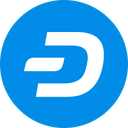-
 bitcoin
bitcoin $118548.520763 USD
3.67% -
 ethereum
ethereum $4352.564943 USD
4.79% -
 xrp
xrp $2.964058 USD
4.22% -
 tether
tether $1.000565 USD
0.05% -
 bnb
bnb $1028.372955 USD
1.46% -
 solana
solana $221.373507 USD
6.00% -
 usd-coin
usd-coin $0.999933 USD
0.02% -
 dogecoin
dogecoin $0.248633 USD
6.85% -
 tron
tron $0.341444 USD
2.38% -
 cardano
cardano $0.852946 USD
5.82% -
 hyperliquid
hyperliquid $47.869306 USD
6.15% -
 chainlink
chainlink $22.561476 USD
6.01% -
 ethena-usde
ethena-usde $1.001258 USD
0.05% -
 avalanche
avalanche $30.660000 USD
2.06% -
 stellar
stellar $0.400917 USD
9.76%
How to use RSI in short-term trading? Do the parameters need to be adjusted?
RSI is crucial for short-term crypto trading, helping identify overbought/oversold conditions and potential reversals; adjust parameters for optimal results.
May 22, 2025 at 07:07 am

In the world of cryptocurrency trading, the Relative Strength Index (RSI) is a popular technical indicator used by many traders to make informed decisions. RSI is particularly useful in short-term trading as it helps identify potential reversal points in the market. This article will delve into how to use RSI effectively in short-term trading and whether the parameters need to be adjusted for optimal results.
Understanding RSI and Its Importance in Short-Term Trading
The Relative Strength Index (RSI) is a momentum oscillator that measures the speed and change of price movements. Developed by J. Welles Wilder, RSI oscillates between 0 and 100, typically using a 14-day period as the standard setting. In short-term trading, RSI is crucial because it can signal overbought or oversold conditions in the market, helping traders to anticipate potential price reversals.
Traders often use RSI to identify entry and exit points in their trades. When the RSI value exceeds 70, it suggests that an asset might be overbought, indicating a possible price correction or reversal. Conversely, an RSI value below 30 suggests that an asset might be oversold, signaling a potential upward price movement. These thresholds are essential for short-term traders who need to act quickly to capitalize on market movements.
Applying RSI in Short-Term Trading Strategies
To effectively use RSI in short-term trading, traders must understand how to interpret its signals and integrate them into their trading strategies. Here are some key ways to apply RSI in your trading:
Identifying Overbought and Oversold Conditions: As mentioned, RSI values above 70 indicate overbought conditions, while values below 30 indicate oversold conditions. Traders can use these levels to enter or exit trades. For instance, if the RSI of a cryptocurrency exceeds 70, a trader might consider selling to take profits before a potential price drop.
Divergence: Another powerful use of RSI is to identify divergence between the RSI and the price of the asset. Bullish divergence occurs when the price makes a lower low, but the RSI makes a higher low, suggesting a potential upward reversal. Bearish divergence happens when the price makes a higher high, but the RSI makes a lower high, indicating a possible downward reversal. These divergences can be crucial for short-term traders looking to capitalize on trend reversals.
RSI and Trendlines: Traders can also draw trendlines on the RSI to identify potential breakouts or breakdowns. If the RSI breaks above a downward trendline, it might signal a bullish move, while a break below an upward trendline could indicate a bearish move. This technique can help traders confirm potential price movements.
Adjusting RSI Parameters for Short-Term Trading
While the standard setting for RSI is 14 periods, short-term traders often adjust these parameters to better suit their trading style and time frame. Adjusting the RSI period can make the indicator more responsive to recent price changes, which is particularly useful in the fast-paced environment of cryptocurrency trading.
Shorter Periods: Using a shorter period, such as 7 or 9 days, can make the RSI more sensitive to recent price movements. This can help traders identify overbought or oversold conditions more quickly, which is beneficial in short-term trading where timing is critical.
Longer Periods: Conversely, using a longer period, such as 21 or 28 days, can smooth out the RSI, making it less sensitive to short-term fluctuations. This might be useful for traders who want to focus on more significant trends rather than short-term volatility.
Customizing Overbought and Oversold Levels: In addition to adjusting the period, traders can also customize the overbought and oversold levels. For instance, some traders might use 80 and 20 instead of 70 and 30 to account for the higher volatility in cryptocurrency markets. This can help avoid false signals and improve the accuracy of their trading decisions.
Practical Example of Using RSI in Short-Term Trading
To illustrate how RSI can be used in short-term trading, let's consider a hypothetical scenario involving Bitcoin (BTC). Suppose a trader is monitoring BTC's price and RSI on a 1-hour chart with a 9-period RSI setting.
- Step 1: The trader observes that BTC's price has been rising steadily, and the RSI has reached 75, indicating an overbought condition.
- Step 2: The trader decides to sell a portion of their BTC holdings, anticipating a potential price correction.
- Step 3: A few hours later, the RSI drops to 65, and the price of BTC starts to decline. The trader monitors the RSI for signs of an oversold condition.
- Step 4: The RSI eventually drops to 25, signaling an oversold condition. The trader sees this as an opportunity to buy BTC at a lower price.
- Step 5: The price of BTC begins to recover, and the RSI climbs back above 30. The trader holds onto their position, monitoring the RSI for further signals.
Combining RSI with Other Indicators
While RSI is a powerful tool on its own, combining it with other technical indicators can enhance its effectiveness in short-term trading. Here are some popular combinations:
RSI and Moving Averages: Using RSI in conjunction with moving averages can help confirm trends and potential reversals. For example, if the RSI indicates an oversold condition and the price is above a key moving average, it might be a strong buy signal.
RSI and MACD: The Moving Average Convergence Divergence (MACD) is another momentum indicator that can be used alongside RSI. If both indicators signal a bullish divergence, it can provide a more robust signal for entering a trade.
RSI and Bollinger Bands: Bollinger Bands can help identify volatility and potential price breakouts. If the RSI indicates an overbought condition and the price is near the upper Bollinger Band, it might suggest a forthcoming price correction.
Conclusion and FAQs
In conclusion, RSI is a versatile and essential tool for short-term trading in the cryptocurrency market. By understanding how to interpret RSI signals, adjusting its parameters, and combining it with other indicators, traders can enhance their trading strategies and improve their chances of success.
Frequently Asked Questions
Q1: Can RSI be used effectively in all market conditions?A1: While RSI is a versatile indicator, its effectiveness can vary depending on market conditions. In highly volatile markets, RSI might generate more false signals, necessitating adjustments to its parameters or combining it with other indicators to confirm signals.
Q2: How often should I check the RSI in short-term trading?A2: In short-term trading, it's advisable to monitor the RSI frequently, especially if using shorter periods. Checking the RSI every 15 minutes to an hour can help traders stay on top of market movements and adjust their strategies accordingly.
Q3: Is RSI suitable for beginners in cryptocurrency trading?A3: RSI can be a valuable tool for beginners, but it requires a good understanding of its signals and how to interpret them. Beginners should start with the standard 14-period setting and gradually learn to adjust parameters and combine RSI with other indicators as they gain experience.
Q4: Can RSI be used for long-term trading as well?A4: Yes, RSI can be used for long-term trading, but the parameters might need to be adjusted. For long-term analysis, a longer period such as 21 or 28 days might be more appropriate to capture broader market trends.
Disclaimer:info@kdj.com
The information provided is not trading advice. kdj.com does not assume any responsibility for any investments made based on the information provided in this article. Cryptocurrencies are highly volatile and it is highly recommended that you invest with caution after thorough research!
If you believe that the content used on this website infringes your copyright, please contact us immediately (info@kdj.com) and we will delete it promptly.
- BlockDAG, DOGE, HYPE Sponsorship: Crypto Trends Shaping 2025
- 2025-10-01 00:25:13
- Deutsche Börse and Circle: A StableCoin Adoption Powerhouse in Europe
- 2025-10-01 00:25:13
- BlockDAG's Presale Buzz: Is It the Crypto to Watch in October 2025?
- 2025-10-01 00:30:13
- Bitcoin, Crypto, and IQ: When Genius Meets Digital Gold?
- 2025-10-01 00:30:13
- Stablecoins, American Innovation, and Wallet Tokens: The Next Frontier
- 2025-10-01 00:35:12
- NBU, Coins, and Crypto in Ukraine: A New Yorker's Take
- 2025-10-01 00:45:14
Related knowledge
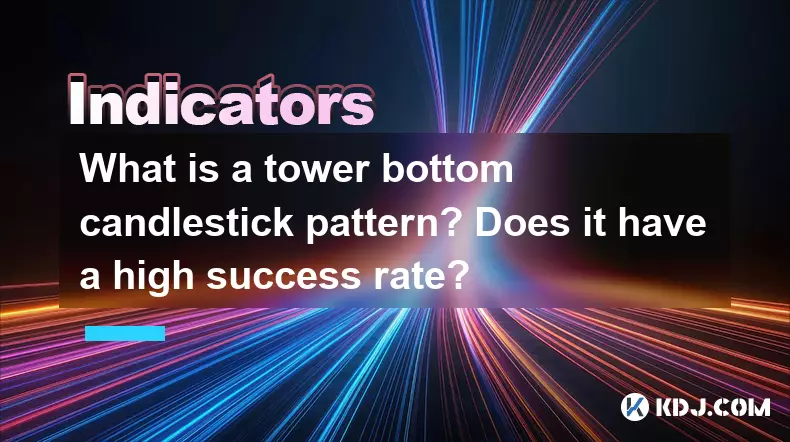
What is a tower bottom candlestick pattern? Does it have a high success rate?
Sep 22,2025 at 07:18am
Tower Bottom Candlestick Pattern Explained1. The tower bottom candlestick pattern is a reversal formation that typically appears at the end of a downt...
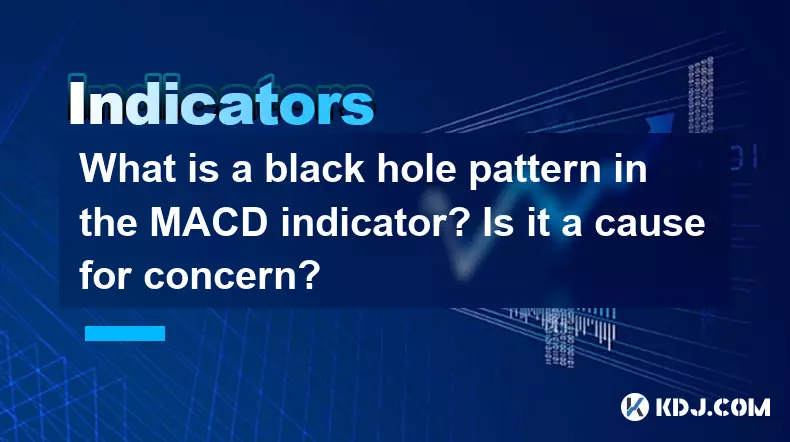
What is a black hole pattern in the MACD indicator? Is it a cause for concern?
Sep 21,2025 at 06:54pm
Bitcoin's Role in Decentralized Finance1. Bitcoin remains the cornerstone of decentralized finance, serving as a benchmark for value and security acro...

How can I use the psychological line (PSY) to determine market sentiment?
Sep 17,2025 at 02:19pm
Understanding the Psychological Line (PSY) in Cryptocurrency TradingThe Psychological Line, commonly referred to as PSY, is a momentum oscillator used...
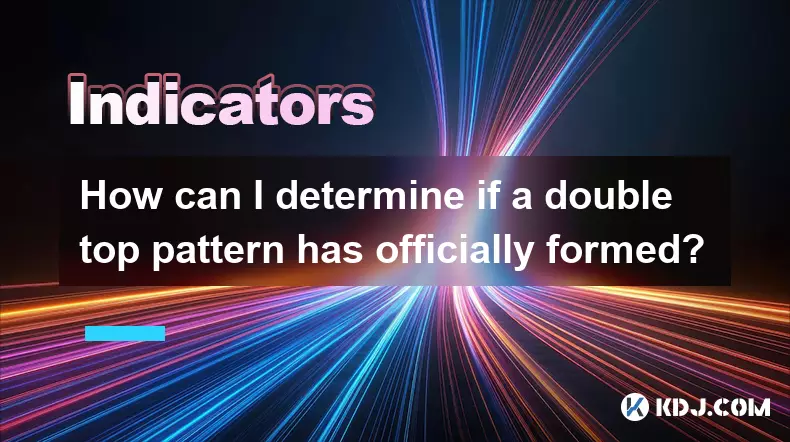
How can I determine if a double top pattern has officially formed?
Sep 21,2025 at 03:18am
Understanding the Structure of a Double Top Pattern1. A double top pattern consists of two distinct peaks that reach approximately the same price leve...
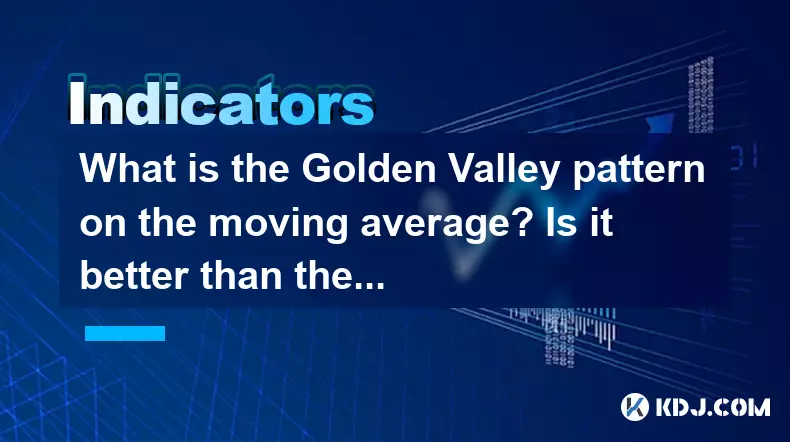
What is the Golden Valley pattern on the moving average? Is it better than the Silver Valley pattern?
Sep 21,2025 at 02:54pm
Understanding the Golden Valley Pattern in Moving Averages1. The Golden Valley pattern is a technical formation observed in cryptocurrency price chart...

What does a death cross of the RSI in the strong zone (above 50) mean?
Sep 17,2025 at 10:54pm
Understanding the Death Cross in RSI Context1. The term 'death cross' is traditionally associated with moving averages, where a short-term average cro...

What is a tower bottom candlestick pattern? Does it have a high success rate?
Sep 22,2025 at 07:18am
Tower Bottom Candlestick Pattern Explained1. The tower bottom candlestick pattern is a reversal formation that typically appears at the end of a downt...

What is a black hole pattern in the MACD indicator? Is it a cause for concern?
Sep 21,2025 at 06:54pm
Bitcoin's Role in Decentralized Finance1. Bitcoin remains the cornerstone of decentralized finance, serving as a benchmark for value and security acro...

How can I use the psychological line (PSY) to determine market sentiment?
Sep 17,2025 at 02:19pm
Understanding the Psychological Line (PSY) in Cryptocurrency TradingThe Psychological Line, commonly referred to as PSY, is a momentum oscillator used...

How can I determine if a double top pattern has officially formed?
Sep 21,2025 at 03:18am
Understanding the Structure of a Double Top Pattern1. A double top pattern consists of two distinct peaks that reach approximately the same price leve...

What is the Golden Valley pattern on the moving average? Is it better than the Silver Valley pattern?
Sep 21,2025 at 02:54pm
Understanding the Golden Valley Pattern in Moving Averages1. The Golden Valley pattern is a technical formation observed in cryptocurrency price chart...

What does a death cross of the RSI in the strong zone (above 50) mean?
Sep 17,2025 at 10:54pm
Understanding the Death Cross in RSI Context1. The term 'death cross' is traditionally associated with moving averages, where a short-term average cro...
See all articles








































































